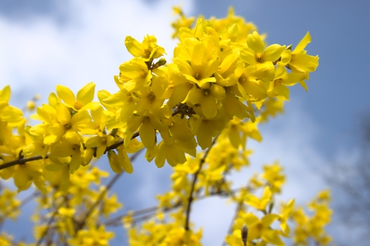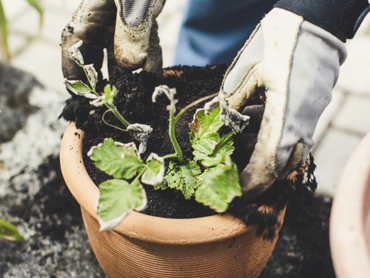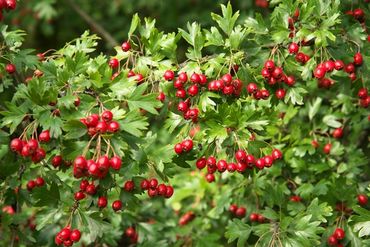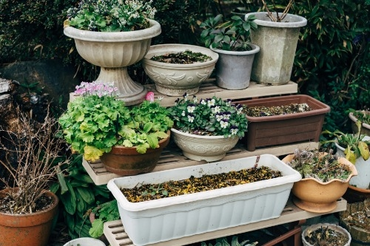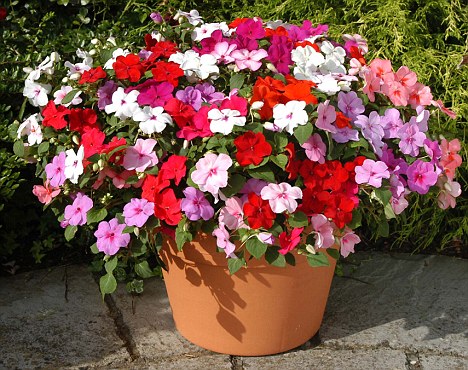 Summer bedding plants are the perfect way to add colour and interest to a garden. Fill up your borders, hanging baskets, tubs and planters with a riot of pink, red, yellow, blue, lavender, purple, and white. With so many different varieties of bedding plants to choose from, it’s not easy to know where to begin! Read on for a handy guide to get you started.
Summer bedding plants are the perfect way to add colour and interest to a garden. Fill up your borders, hanging baskets, tubs and planters with a riot of pink, red, yellow, blue, lavender, purple, and white. With so many different varieties of bedding plants to choose from, it’s not easy to know where to begin! Read on for a handy guide to get you started.
Gardeners use summer bedding plants for instant colour. You can grow your own summer bedding plants from seed, or you can buy them as plugs and larger plants which are ready to go straight into the garden once the last frost has passed, usually around the middle of May.
There are many different summer varieties to choose from. From traditional bedding plants to trailing plants and climbers, we have a great selection of hardy, healthy plants at Carpenter’s Nursery. We can advise you if you are not sure which plants are going to work in your garden, but remember, it’s good to experiment!
Colour Schemes for Summer Bedding Plants
Have a colour scheme in mind when you pick out your bedding plants. There’s no reason why you can’t go for the rainbow look, but it might end up being too much of a good thing. Most gardeners prefer to stick to a small range of colours, (two or three). This helps to create a sense of harmony in the garden.
Planting Designs
There are different classical designs for bedding plants, which you can see in formal gardens. Here, bedding plants fill an entire bed and are used in blocks of colour. Most amateur gardeners use bedding plants in a more informal way, such as filling gaps between established plants or brightening up the edge of a border. There are no set rules to follow – just do what feels right – but if you want to create a memorable look, use colour to design a recognisable pattern in your bed, such as a name. Low-growing carpet plants work best for this type of design.
When placing your bedding plants in beds and borders, group them together in clusters for a more cohesive look. For example, edge your bed with a row of marigolds and work backwards with pansies and geraniums. Consider the height and spread of your plants when working out what goes where. Best to have small low spreading plants like Begonias and Petunia’s at the front and Cosmos and Antirrhinum’s at the back.
Trailing plants like Fuchsias, Surfiinias and Bacopa look great in hanging baskets, and throughout the summer, you’ll be greeted with cascading flowers. Lobelia also works well in baskets and tubs. If you have a frame against a wall, plant some sweet peas – they love to scramble up nets, trellis, and wigwams.
Planting Guide
Before you plant your favourite bedding plants, prepare the soil well. Rake over the soil and remove any stones, clods of earth, and weeds. Gently remove each plant from the container and place them in the desired location. Empty a bag of compost over the surface and dig it in. This will help add some nutrients and keep the moisture in. Make a hole with a garden trowel and drop the plant in so the root ball is just below the surface. Firm it in and water the area well.
Bedding plants need regular watering, especially during dry spells. Water daily or every other day. For best results give them a feed once a week, especially for tubs and baskets. Remove dead flowers frequently to encourage the plant to continue blooming.
If you need any more advice, just ask!

